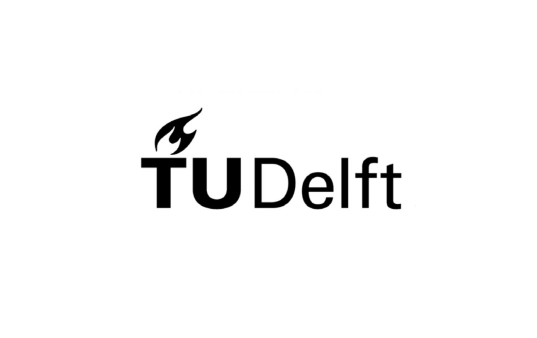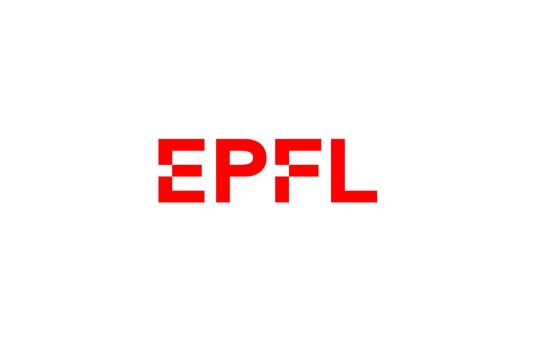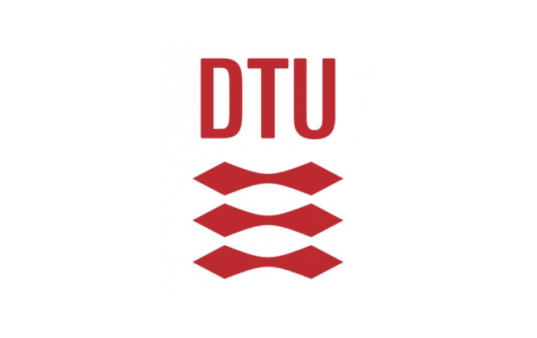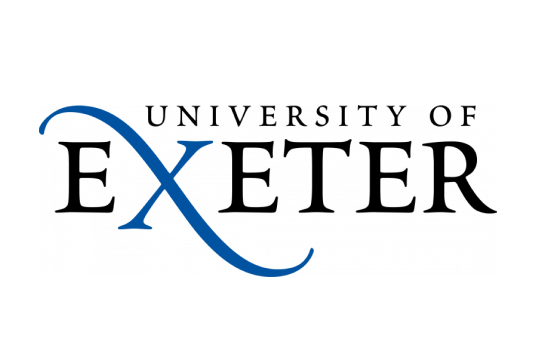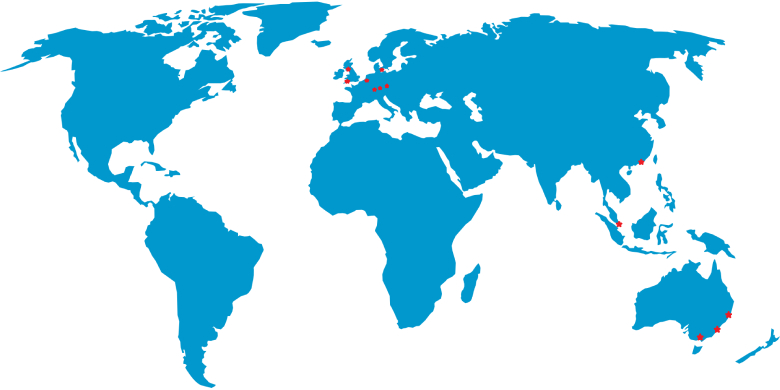
The Faculty of Applied Science works with 17 partner institutions in Asia, Australia and Europe to match their courses to the UBC Applied Science curriculum. Our partner institutions are recognized internationally as academic leaders and were selected because their course offerings complement UBC Applied Science degree programs.
Explore different partner institutions, read testimonials from past CIE students, investigate possible accommodation options at each destination, consider your budget in relation to the region you want to travel to, and see how the term dates will work with your program.
Applied Science students also have the option to apply for other international experiences beyond the designated CIE partners. You can view the list of all other international experiences on the Go Global website.
